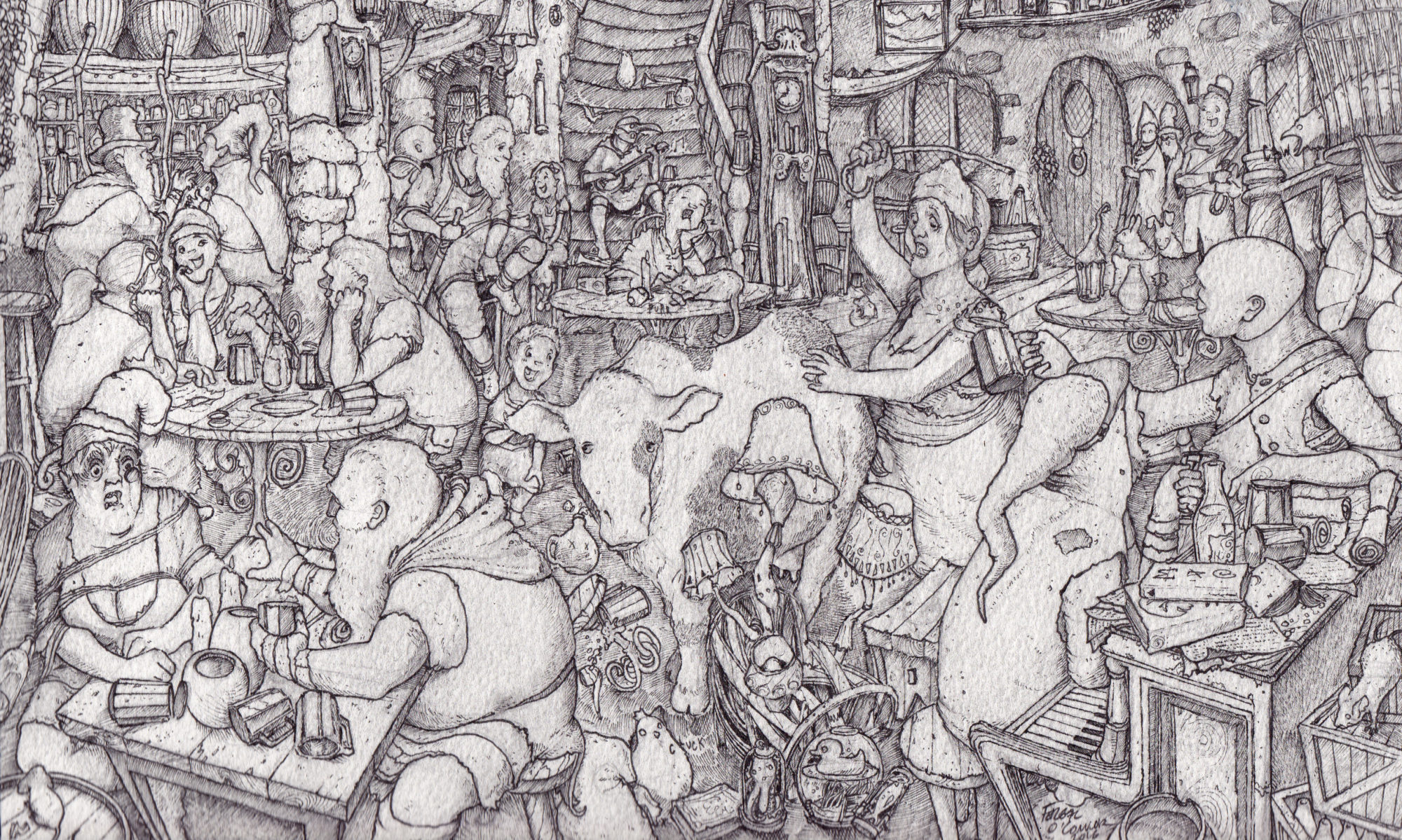Weather is the day to day state of meteorological conditions. Climate is the statistics thereof.
Say you want to know how much you weigh. You might weigh yourself on a bathroom scale. You’ll get a number. That’s like the weather.
But if you do this, you’ll notice your weight changes throughout the day. If you want to get an idea of what’s going on, you should weigh yourself regularly in the same situation. An often passed around bit of advice is weigh yourself in the morning before a shower (if you’re a morning showerer, etc.). That way your hair isn’t wet, you’re consistently dehydrated, and the weight will be comparable. The long term trends in these weights are similar to climate.
But if you weigh yourself sixty times in the hour after eating Thanksgiving Dinner, you’re not getting better numbers than the sixty weights over sixty days that preceded Thanksgiving. You are, at best, getting good data for that moment, but not data well comparable to two months. If you weigh yourself every minute every day for another sixty days, those data sets can be compared well. One must do some manipulation to compensate for the morning weighing being probably a daily low-weight average, whereas the weigh-every-minute data points will average higher.
In climate studies, the doing of this, comparing a weigh-every-minute data set to the weigh-once-a-morning-before-shower data set, gave rise to the corrections incorporated into the hockey-stick graph. But comparisons between weigh-every-minute data sets and weigh-every-second data sets do not. This is because one’s weight does vary over the course of a day, it doesn’t vary much over the course of a second.
What’s really happening is that now we’re in a take-a-billion-measurements-a-second climate data set, and we’re comparing it to last decade’s take-a-million-measurements-a-second data set. It’s a different set of correction issues.
I remember once talking climate studies with some climate-change skeptics, and they brought up the solar cycle. The solar cycle is a real thing. It’s absolutely there. Its got a 11 year period, and it falls right out of the data. It does exist.
But if you look across decades, plural, you’ve got repeated solar cycles. And those are like multiple days in our earlier body-weight analogy. Yes, gaining body weight across the day isn’t an indicator of gaining body weight due to health decisions. But gaining body weight across many days, and the morning weighings trending consistently up, is.
#
On a very different but closely related thought, suppose we measure something. We compare that measurement to some criteria.
If we measure humankind’s contribution to the wildfires, and we measure above two units, our first criteria indicates humankind is contributing to causing wildires. If we measure ten units, our criteria indicates humankind is the sole cause of wildfires.
We measure four units.
That would indicate humankind is doing something, and depending on accuracy, precision, yadda yadda, that might be a comfortable margin to be sure we aren’t getting measuring error. We can safely conclude that humankind is contributing to wildfire incidence.
But we didn’t measure above ten, and commensurate with those same limitations of accuracy, precision, and the yaddas, we cannot claim this study supports the notion that humankind is the sole cause of wildfires.
We measured four. Not one, not eleven, not something else. We got what we got.
